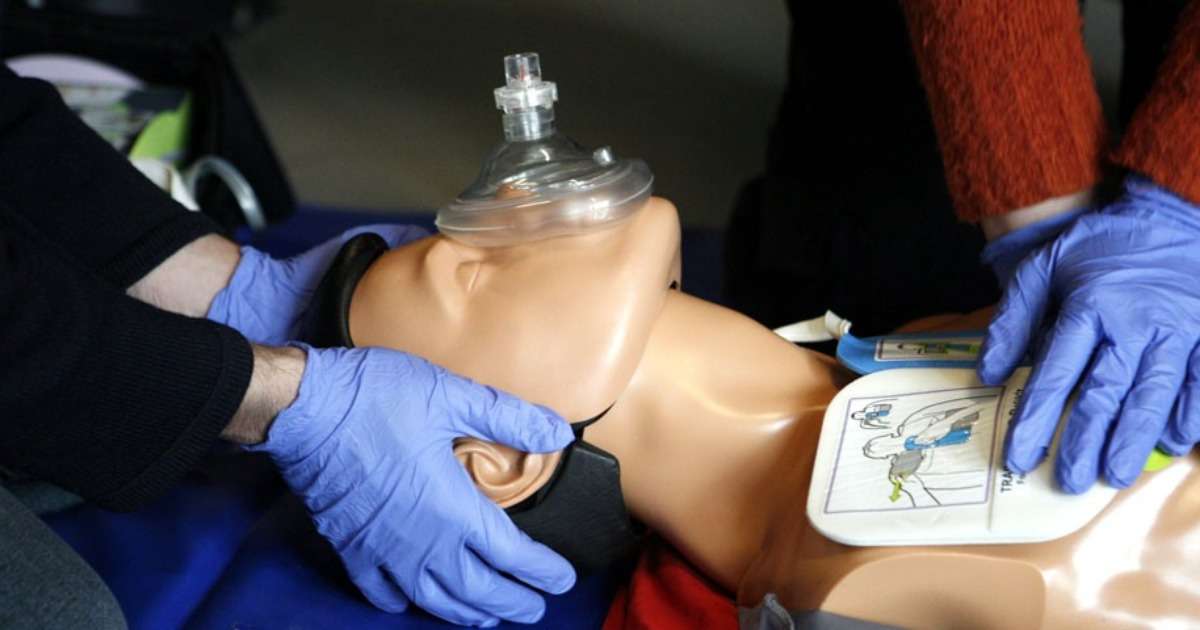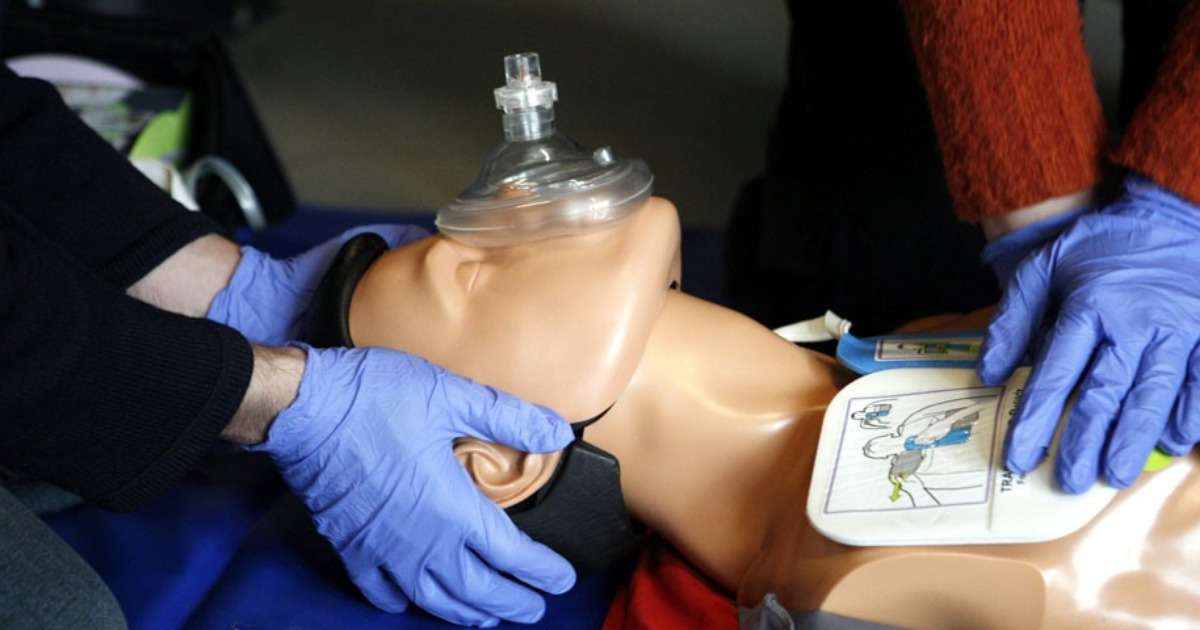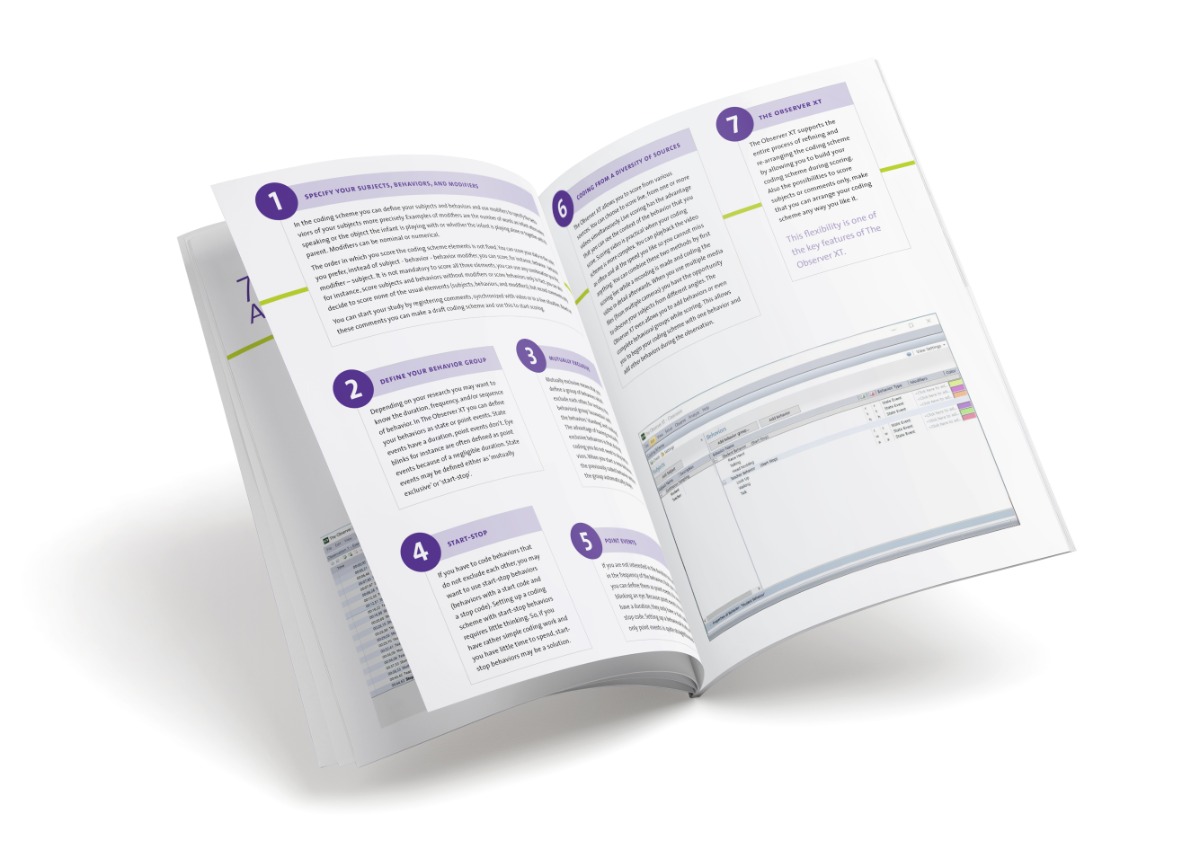
Mealtime difficulties can lead to bad nutrition in nursing homes
We all agree that good nutrition is important to everyone. From young children who are developing their dietary lifestyle, to teenagers who push the limits and discover their needs and desires, through adults who can be suffering with a number of illnesses. In this blog I am focusing on nursing home residents with dementia. These residents have to deal with decline and/or loss of cognitive functions, which eventually can cause problems related to eating behavior such as locating food, chewing and swallowing.
Mealtime difficulties
Behavioral symptoms during mealtime are also not uncommon, including refusing food or care and responding aggressively towards caregivers or other residents. Because of these so called ‘mealtime difficulties’, there is a higher risk of inadequate nutritional intake in this population, resulting in weight loss and dehydration. Reducing mealtime difficulties may result in better eating, which in turn could lead to better nutrition.
Person-centeredness
People with dementia often experience life from moment-to-moment, which leads researchers to argue that persons with dementia benefit from a person-centered approach. Being compassionate, thinking about things from the person’s point of view, and being respectful are all important.
The relationship between the caregiver and the resident needs to be a partnership rather than the caregiver being the expert, while the resident simply follows his or her instructions. It is about doing things with persons, rather than doing things ‘to’ them.

Observing helps
A good research method for this target group is video observations. They allow the researcher to note behavior in detail, and review the videos as needed, including multiple angles. With video, no behaviors get by the researcher, as both video and audio signals can be visualized together and can be played over and over again.
The patients being observed are not intruded on, or influenced by, the researcher, and the interaction between the resident and caregiver can be examined in detail. Researchers of course must be sure to receive informed consent for participation from an authorized representative, if the patient cannot provide that for themselves.
Caregiver-resident interaction
Researcher Andrea Gilmore-Bykovskyi observed the interaction between residents of nursing homes and their caregivers during breakfast or lunchtime (with an average of two video observations per resident). They developed a computer-assisted coding scheme to measure the caregiver’s person-centered actions versus task-centered actions, as well as resident behavioral symptoms. This type of coding scheme allowed the researchers to capture all interactions between two or more persons.
Download here the FREE white paper 'How to set up behavioral coding - 7 tips'
Prior to the coding of the observations, all video and audio data were cleaned. Researchers determined the feasibility, ease of use, and the inter-observer reliability of this coding scheme. All data was then coded by four trained observers using The Observer XT.

Antecedents for behavioral symptoms
Data indicated that 95% of the caregiver actions were person-centered. The most common were orientation, showing interest, giving choices and back channeling, adjusting to resident’s pace, and assessing comfort.
Mealtime difficulties appeared to be significantly more likely to occur following a task-centered action, such as inappropriate touch.
In addition to providing further evidence that person-centered actions are preferred in this dementia population, this study provides a useful coding scheme to assess the relationship between caregiver-centeredness and behavioral symptoms during mealtime interactions.
References
To read more on this study, find the original results here:
- Gilmore-Bykovski, A.L. (2015). Caregiver person-centeredness and behavioral symptoms during mealtime interactions: Development and feasibility of a coding scheme. Geriatric Nursing, 36, S10-S15.
- Gilmore-Bykovski, A.L., Roberts, T.J., Bowers, B.J. & Brown, R.L. (2015). Caregiver Person-Centeredness and Behavioral Symptoms in Nursing Home Residents With Dementia: A Timed-Event Sequential Analysis. Gerontologist, 55, Suppl 1:S61-6. doi: 10.1093/geront/gnu164.
Get the latest blog posts delivered to your inbox - every 15th of the month
more

How to assess medical team effectiveness
Healthcare professionals working in an operating or emergency room, frequently deal with unpredictable situations in which they need to stay focused and think clearly. How do they manage that?
Evaluating ergonomics in healthcare – paramedics
The chance that a paramedic suffers an injury is 3x higher than other occupations. Because of the global health worker shortage, we need to make sure these professionals are taken care of.

